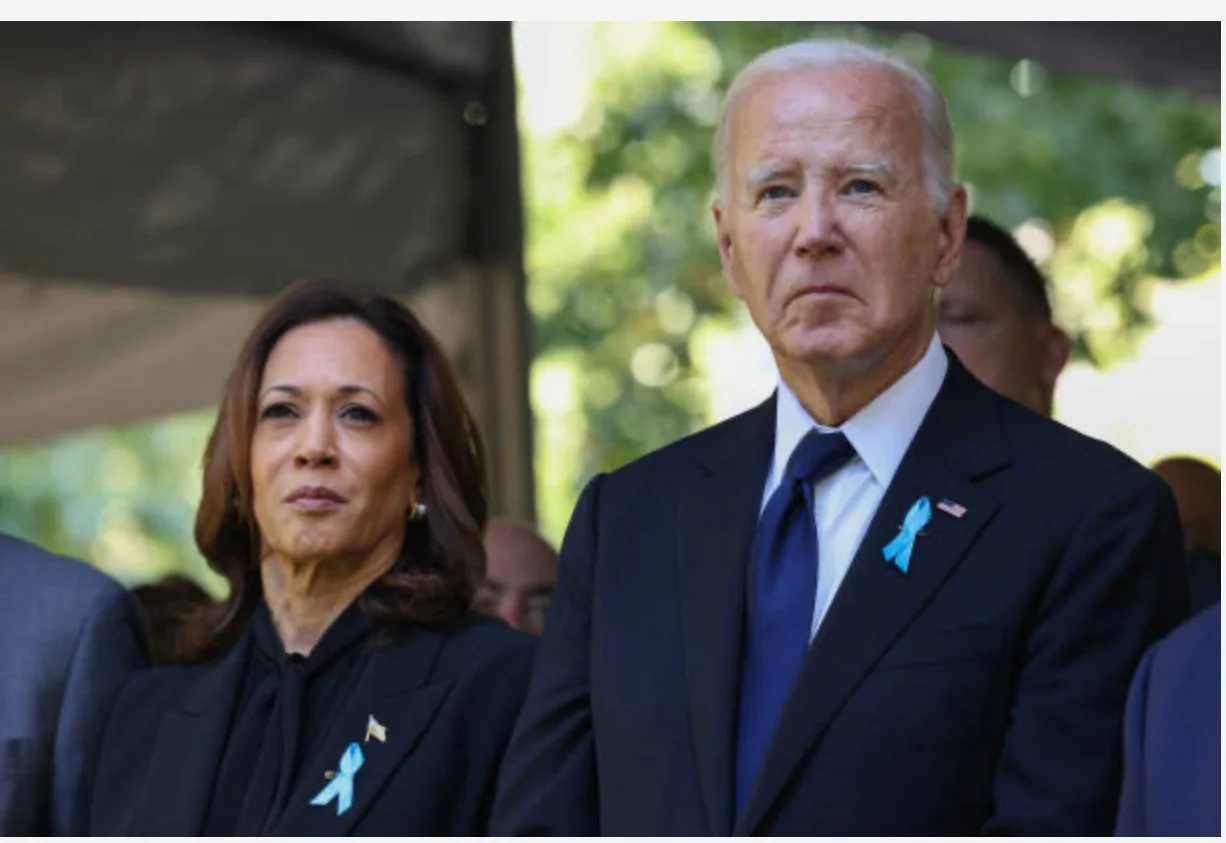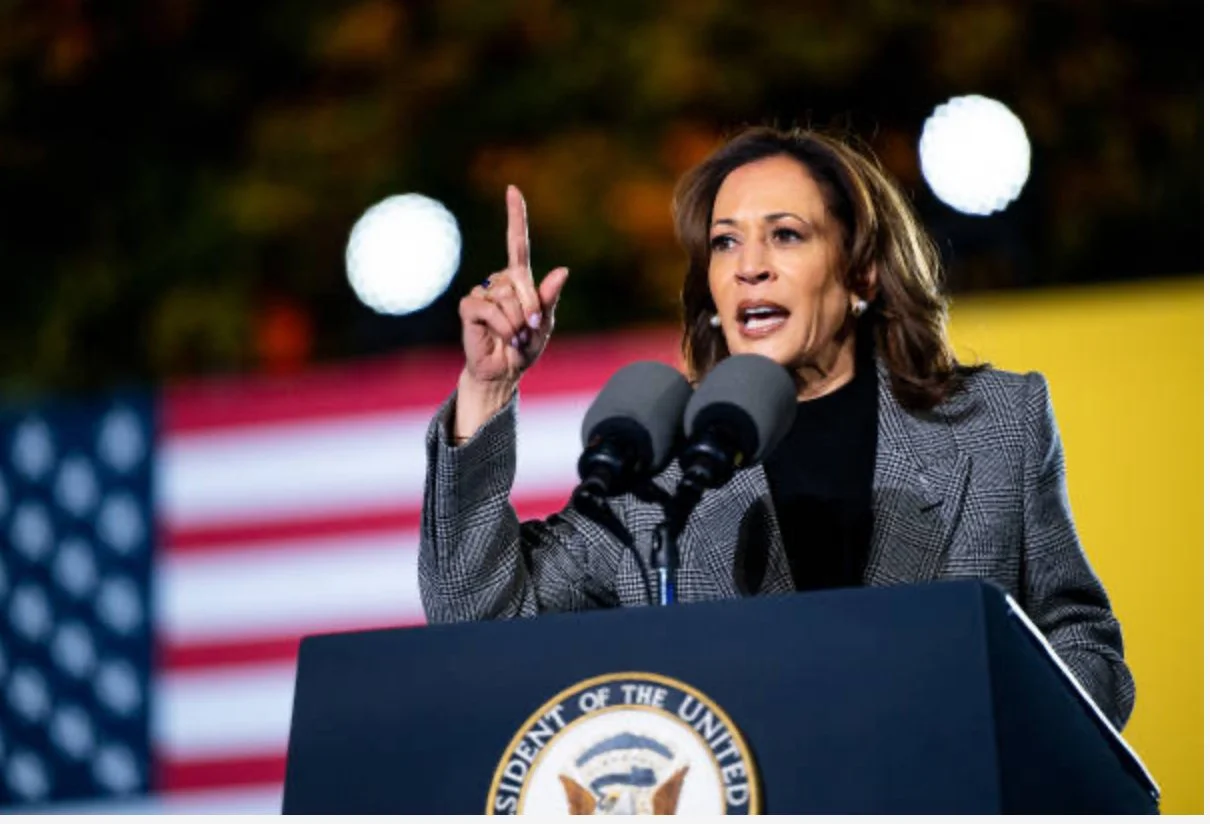Update on US elections-Nov 3rd 2024
As of November 3rd, 2024, the probability of Kamala Harris winning the U.S. presidential election remains uncertain due to the highly competitive nature of the race. Polling data and electoral models suggest that the outcome is too close to call, with both Harris and her opponent, Donald Trump, locked in tight contests across key battleground states.
Here are some key points:
• Polling Data: National polls show Harris with a slight lead over Trump, but this falls within the margin of error. For example, one poll has Harris at 50% of the popular vote compared to Trump’s 47%. However, national polls are not always reflective of the Electoral College outcome.
• Electoral College Projections: Several models project different outcomes:
• YouGov’s final model gives Harris 240 electoral votes and Trump 218, with 80 electoral votes still considered tossups in critical states like Arizona, Georgia, Nevada, North Carolina, Pennsylvania, and Wisconsin.
• VoteHub’s projection suggests a narrow victory for Harris with 270 electoral votes to Trump’s 268. This scenario assumes Harris holds onto key states like Michigan, Pennsylvania, and Wisconsin.
• RealClearPolling and Decision Desk HQ, on the other hand, predict Trump winning with around 287 to 297 electoral votes by flipping several battleground states.
• Battleground States: The election will likely be decided by a handful of swing states. Polls indicate that Harris is slightly ahead in states like Nevada and Wisconsin, while Trump leads in Arizona and Georgia. Other states such as Pennsylvania and Michigan remain highly competitive.
• Late-Deciding Voters: There are indications that late-deciding voters may be leaning toward Harris. Among voters who made their decision recently, Harris leads by a margin of 55% to 44%, which could be crucial in a tight race.
Given these factors, while Harris has a path to victory through key swing states and is slightly ahead in national polls, the race remains very close. Both candidates have routes to secure the necessary 270 electoral votes, and small shifts in voter turnout or last-minute decisions could significantly impact the final result. Thus, the probability of Kamala Harris winning is still uncertain but competitive.
As of November 3rd, 2024, the likelihood of Kamala Harris securing victory in the U.S. presidential election remains indeterminate, owing to the intensely competitive nature of the contest. Current polling data and electoral models indicate that the outcome is too close to ascertain, with both Harris and her opponent, Donald Trump, engaged in closely contested races across pivotal battleground states.
The following key points warrant consideration:
Polling Data : National surveys reveal that Harris holds a marginal lead over Trump; however, this margin falls within the established threshold of error. For instance, one poll indicates that Harris captures 50% of the popular vote compared to Trump’s 47%. It is important to note, however, that national polls do not always accurately reflect the resultant dynamics of the Electoral College.
Electoral College Projections : Various models forecast disparate outcomes:
- YouGov’s final model assigns Harris 240 electoral votes and Trump 218, with 80 electoral votes categorized as toss-ups in critical states such as Arizona, Georgia, Nevada, North Carolina, Pennsylvania, and Wisconsin.
- VoteHub’s projection posits a narrow victory for Harris, estimating 270 electoral votes against Trump’s 268. This scenario presumes that Harris retains support in essential states like Michigan, Pennsylvania, and Wisconsin.
- Conversely, RealClearPolling and Decision Desk HQ predict a Trump victory, estimating electoral votes in the range of 287 to 297 by successfully flipping several battleground states.
Battleground States : The election landscape appears slightly favorable for Harris in states such as Nevada and Wisconsin, while Trump maintains an advantage in Arizona and Georgia. Additionally, states like Pennsylvania and Michigan continue to exhibit a high level of competitiveness.
Late-Deciding Voters : Evidence suggests that late-deciding voters may be inclined toward Harris. Among those who have recently made their electoral decisions, Harris leads by a margin of 55%.
Conclusion
Despite Harris's slight edge in national polling and her progress through key swing states, the race remains exceptionally close. Both candidates possess viable pathways to achieve the requisite 270 electoral votes, and even minor fluctuations in voter turnout or last-minute voter decisions could substantially influence the final outcome. Consequently, the probability of Kamala Harris's victory remains uncertain, yet the competition is decidedly robust.







